

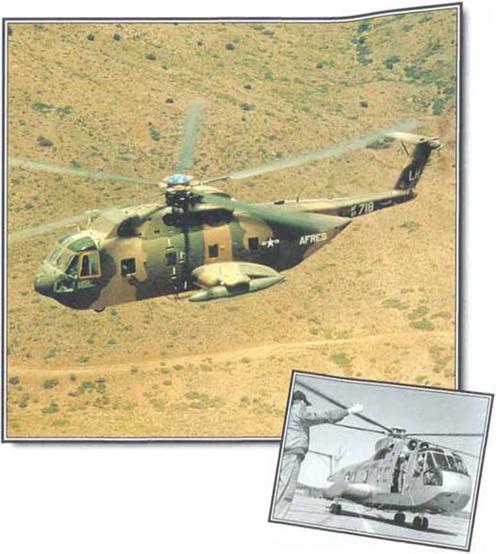 In 1962 tho USAF borrowed threo SH-3A helicopters from the US Navy. Used for transport as CH-3Bs, these aircraft from tho Sikorsky S-61 series impressed tho Air Force so much that it ordorod a now version for its own use. Known as tho S-61R, this transport helicopter went on to save many lives in tho CSAR (combat search and rescue) role over Vietnam as the ‘Jolly Green Giant’ and, from 1968, with the US Coast Guard as the Pelican.
In 1962 tho USAF borrowed threo SH-3A helicopters from the US Navy. Used for transport as CH-3Bs, these aircraft from tho Sikorsky S-61 series impressed tho Air Force so much that it ordorod a now version for its own use. Known as tho S-61R, this transport helicopter went on to save many lives in tho CSAR (combat search and rescue) role over Vietnam as the ‘Jolly Green Giant’ and, from 1968, with the US Coast Guard as the Pelican.
▼ Italian navy SAR
Agusta built 20 HH3Fs from 1973. These were similar to US Coast Guard aircraft
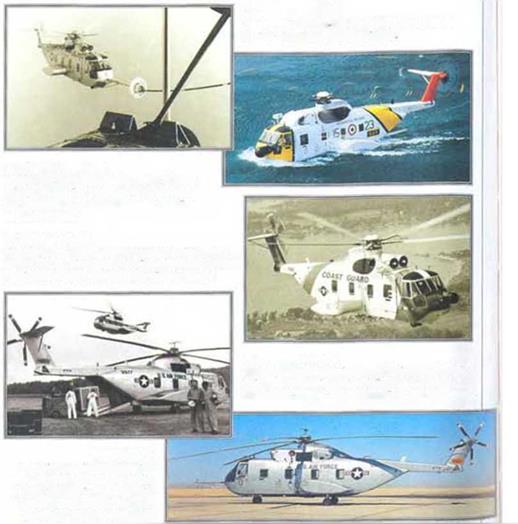 A Inflight refuelling
A Inflight refuelling
In 1966 the USAF revealed a series of tests using a US Marine Corps KC-130F tanker. Ten contacts of up to five minutes duration worn performed.
▼ Civilian model
Sikorsky’s own S-6IR hovers above the first USAF CH-3C. As the aircraft was designed around a USAF requirement, commercial buyers did not appear.
▲ Practice rescue
US Coast Guard machines used their search radar, hoist and amphibious capabilities to tho full. The HH-3F was used to search coastlines and out at sea.
Test boom ►
Carrying an air data boom for experimental and test purposes, tho first CH-3C. in common with others of the modol. was later upgraded to CH-3E standard.
FACTS AND FIGURES
► Two HH-3£s mode the first non-stop transatlantic hollcoptor nights in 1967, making nine tanker contacts each.
► The first S-61 R flow on 17 June 1963. almost ono month ahead of schedule.
► The CH-3E could scat up to 30 troops or carry 2270 kg (5,000 lb.) of cargo.
► At least nine USAF surplus CH-ЭЕв and HH-3Es woro purchased by tho US Coast Guard to supplement their 40 HH-3F*.
► In 1975 CH/HH-3Es bocatno the first helicopters in tho US Air National Guard.
► Variants of Sikorsky’s S-70 have replaced S-61 Rs in US service.

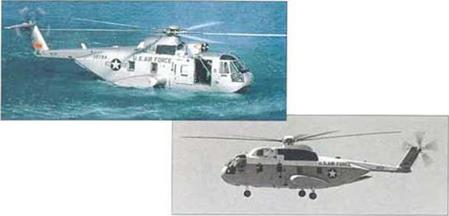









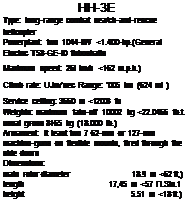
In order jo satisfy the l.’SAFs requirements. Sikorsky found that.1 major redesign of the 41-3 anti-submarine ariant of the S-61 was necessary Піе company designated the new helu opter S-61 К and four versions of the basic amphibious transport design were built.
Principal amongst the design c lunges were j tricycle nose – wheel undercarriage and a large re-.tr loading ramp door. Of the initial С. ІІ-.ІС tnodel. il were Iniilt In-fore production of the
ИН-ЗЄ* wtra th* trst г-‘cooter» to cairy r*- ‘-f’l intuokng Doorna 1hr> отес» was ‘otoscope.
tending to лмс* Js – Titracted length n oraor to • eep the HC – t30Y aroguo ma retoniing hose wen ear ottne rotor blades.
1119-kW T5H-5 engined CH-3E Ixrgan hi 1966. Meanwhile, the I’S. M – had an urgent need for a helicopter ca|)ahle oi rescuing downed aircrew in a hostile environment – Vietnam
Optimised for CSAR. the HH-3F hail armour, defensive machine-guns, jeltisoruhle long – range fuel tanks and an in-flight refuelling і HR) piolx* Such was the ability of the ІИІ-.ЗК that it often rescued downed. lircraft as well as aircrew and became known as the Jolly Green Giant’.
The last development was the
Above: CH-3Es also carried a winch above the starboard forward door, adding extra flexibility and giving the helicopter a secondary SAR role.
HU-ЗІ1 Pelican for the I S Coast Guard. Basically an HH-3H with military equipment removed, the aircraft gave superb service into the 1990s, Hying long-range rescue ami anti-drug missions.
Below: The roar loading ramp had upper and lower parts, allowing vehicles up to 2.21 metres (7 ft. 2 In.) tall to bo loaded. Large sponsons on either side of the fuselage kept the aircraft stable on water and accommodated the main landing gear.
HH-3E

Sikorsky

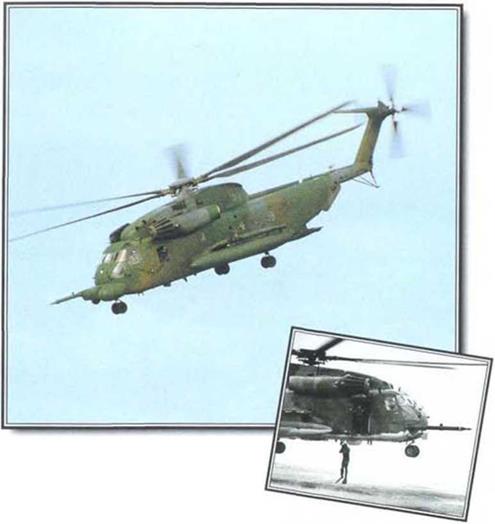 О no of the biggest and most versatile combat helicopters ever developed in the West, Sikorsky’s S-65 serves with the USAF as the HH-/MH-53. In the hands of skilled pilots, the S-65 can lift heavy cargoes, carry special forces troops far behind onemy lines, or successfully rescue downed airmen, using the latest technology. From Vietnam as tho HH-53C to the Porsian Gulf as the MH – 53J, the S-65 has been a great success story.
О no of the biggest and most versatile combat helicopters ever developed in the West, Sikorsky’s S-65 serves with the USAF as the HH-/MH-53. In the hands of skilled pilots, the S-65 can lift heavy cargoes, carry special forces troops far behind onemy lines, or successfully rescue downed airmen, using the latest technology. From Vietnam as tho HH-53C to the Porsian Gulf as the MH – 53J, the S-65 has been a great success story.

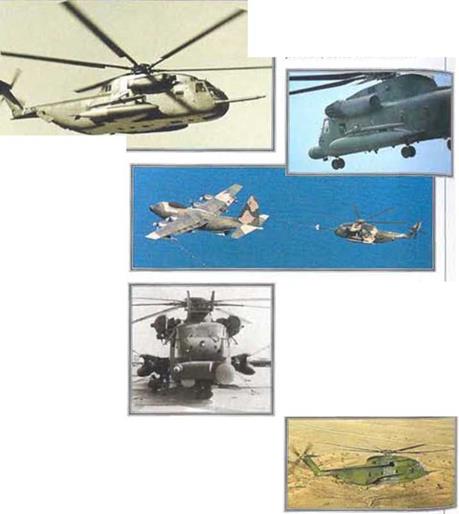


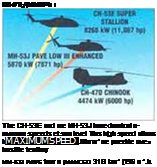

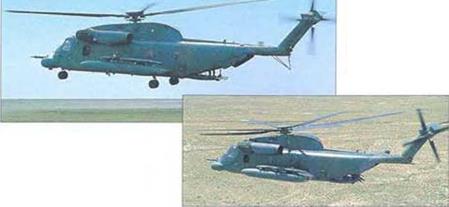


![]()
![]()












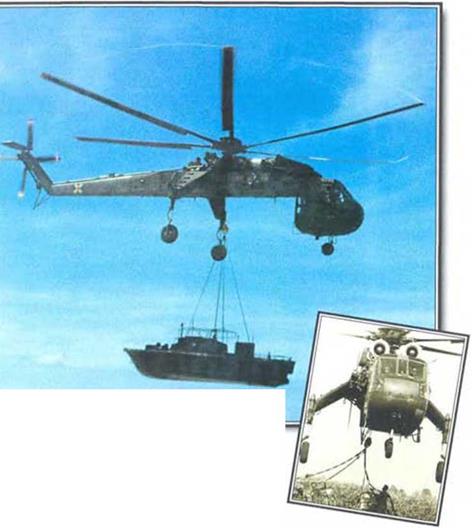 This bizarre-looking but superbly performing machine has got real muscle. Called tho CH-54 Tarhe – an American Indian name meaning ‘crane’ – by soldiers and the S-64 by its makers and by civilians, the big Sikorsky SkyCrane lifts, hauls and delivers almost any cargo on a sling or in a van under its fuselage. Used In combat in Vietnam, this veteran went on to servo on construction projects, oilfields and logging sites, where the SkyCrane works today as a heavylift champion of the skies.
This bizarre-looking but superbly performing machine has got real muscle. Called tho CH-54 Tarhe – an American Indian name meaning ‘crane’ – by soldiers and the S-64 by its makers and by civilians, the big Sikorsky SkyCrane lifts, hauls and delivers almost any cargo on a sling or in a van under its fuselage. Used In combat in Vietnam, this veteran went on to servo on construction projects, oilfields and logging sites, where the SkyCrane works today as a heavylift champion of the skies.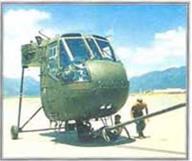
 The S-64 was little more than a rotor system with a cockpit on the front. The giant legs could straddle just about anything the hehcoptec could lift.
The S-64 was little more than a rotor system with a cockpit on the front. The giant legs could straddle just about anything the hehcoptec could lift.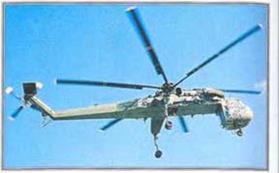
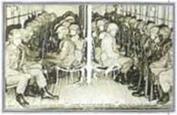

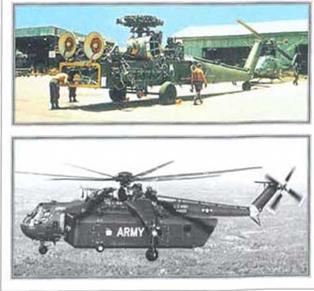 < Troopship helicopter ▲
< Troopship helicopter ▲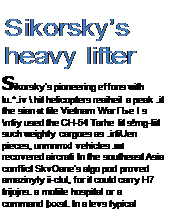


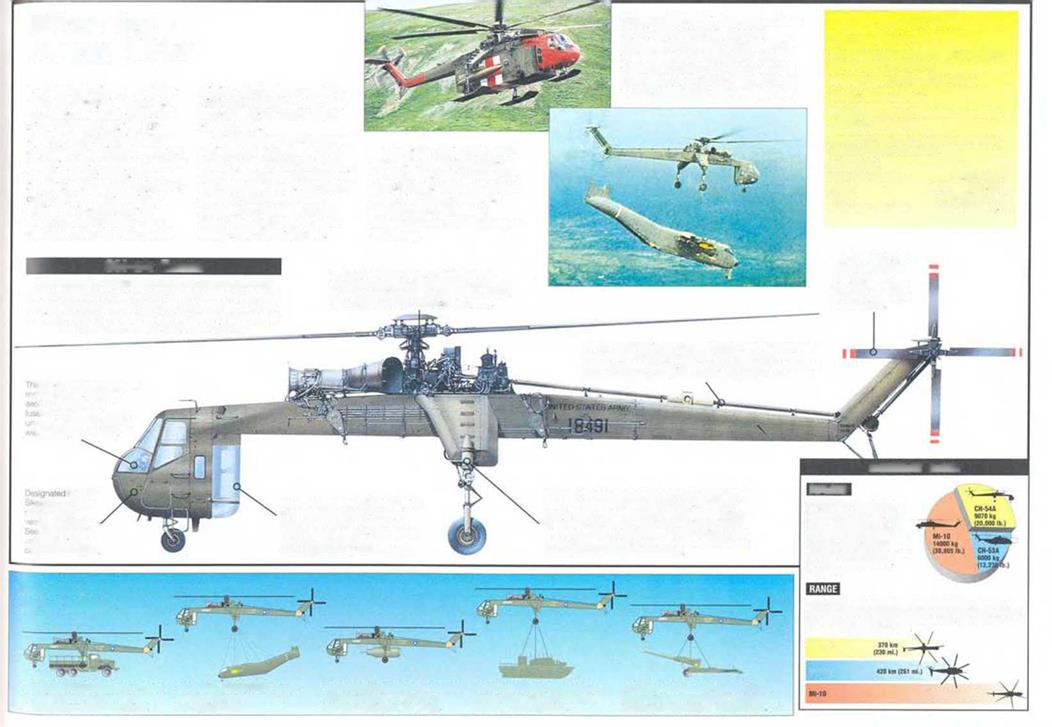

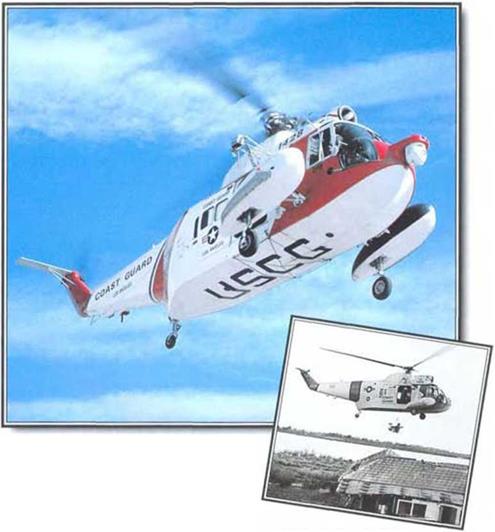 Conceived in the mid-1950s, the S-62 incorporated several new foaturos. The US Coast Guard was sufficiently interested to purchase the typo as tho HH-52A Seaguard. A singlo T-58 turbine, a relatively spacious fusolage and amphibious capability made tho S-62 an ideal search and rescue helicopter, particularly for coastal areas. It was capable of operating from almost any surface in just about any weather.
Conceived in the mid-1950s, the S-62 incorporated several new foaturos. The US Coast Guard was sufficiently interested to purchase the typo as tho HH-52A Seaguard. A singlo T-58 turbine, a relatively spacious fusolage and amphibious capability made tho S-62 an ideal search and rescue helicopter, particularly for coastal areas. It was capable of operating from almost any surface in just about any weather. ▼ Northern search and rescue
▼ Northern search and rescue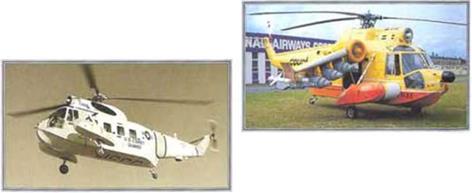








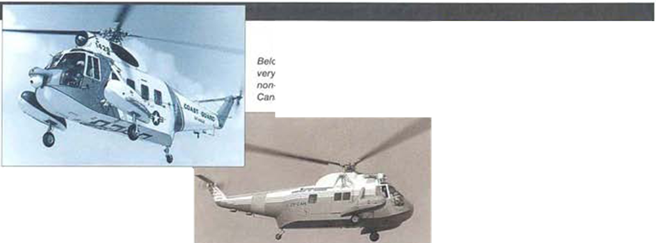



 In 1962 tho USAF borrowed threo SH-3A helicopters from the US Navy. Used for transport as CH-3Bs, these aircraft from tho Sikorsky S-61 series impressed tho Air Force so much that it ordorod a now version for its own use. Known as tho S-61R, this transport helicopter went on to save many lives in tho CSAR (combat search and rescue) role over Vietnam as the ‘Jolly Green Giant’ and, from 1968, with the US Coast Guard as the Pelican.
In 1962 tho USAF borrowed threo SH-3A helicopters from the US Navy. Used for transport as CH-3Bs, these aircraft from tho Sikorsky S-61 series impressed tho Air Force so much that it ordorod a now version for its own use. Known as tho S-61R, this transport helicopter went on to save many lives in tho CSAR (combat search and rescue) role over Vietnam as the ‘Jolly Green Giant’ and, from 1968, with the US Coast Guard as the Pelican. A Inflight refuelling
A Inflight refuelling











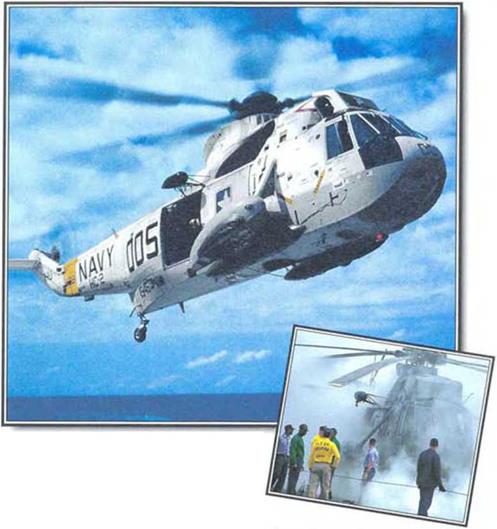 As a true rotorcraft pioneer, Sikorsky was quick to realise the potential of the helicopter for anti-submarine warfare (ASW) operations. With its HSS-1 Sea Bat already in service, Sikorsky designed the HSS-2 Sea King as its turbine- engined replacement. The company could not have realised that the Sea King would become one of the world’s most important
As a true rotorcraft pioneer, Sikorsky was quick to realise the potential of the helicopter for anti-submarine warfare (ASW) operations. With its HSS-1 Sea Bat already in service, Sikorsky designed the HSS-2 Sea King as its turbine- engined replacement. The company could not have realised that the Sea King would become one of the world’s most important 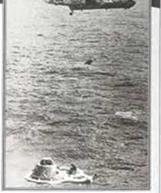 ▼ Topex
▼ Topex
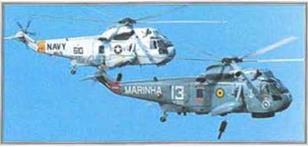
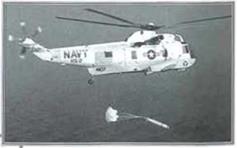 Dual-role helicopter ►
Dual-role helicopter ►






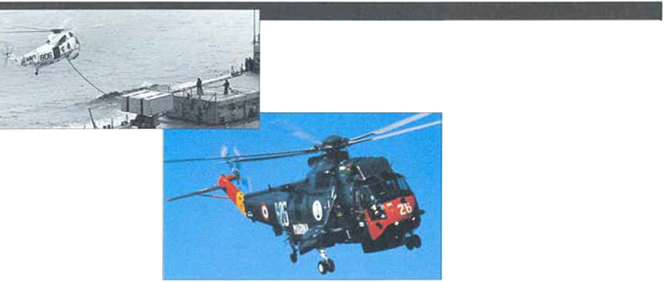

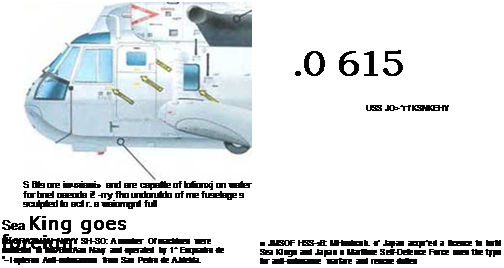


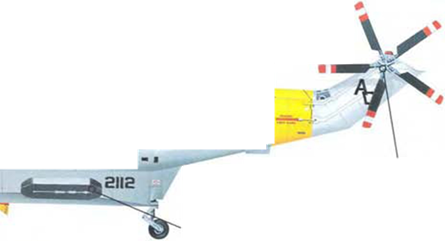







 To an imperilled survivor of a sea disaster, no gift could seem more heavenly than an S-61 helicopter lowering its survival hoist. A quantum leap in helicopter design, the long-serving S-61 Sea King has been a diligent labourer at many civil and military tasks. But no-one appreciates this superb helicopter more than the thousands around the world who are alive today because of an S-61 rescue.
To an imperilled survivor of a sea disaster, no gift could seem more heavenly than an S-61 helicopter lowering its survival hoist. A quantum leap in helicopter design, the long-serving S-61 Sea King has been a diligent labourer at many civil and military tasks. But no-one appreciates this superb helicopter more than the thousands around the world who are alive today because of an S-61 rescue.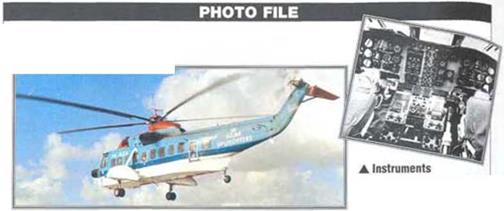
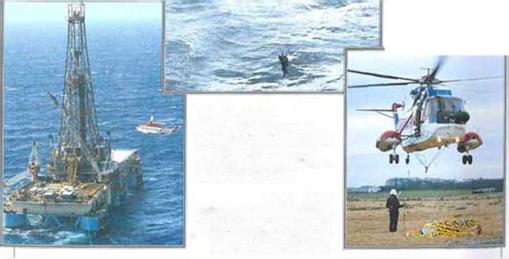
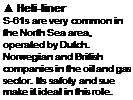
 ◄ Pilot rescue
◄ Pilot rescue




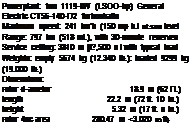

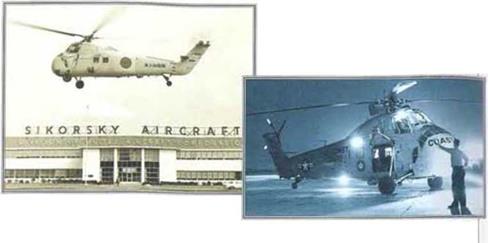

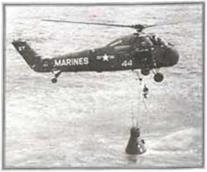






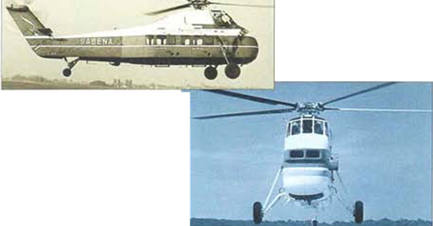

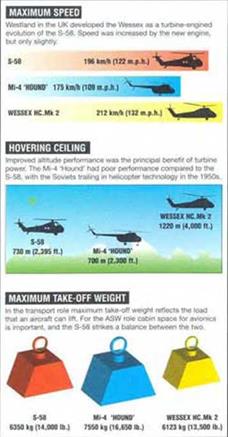


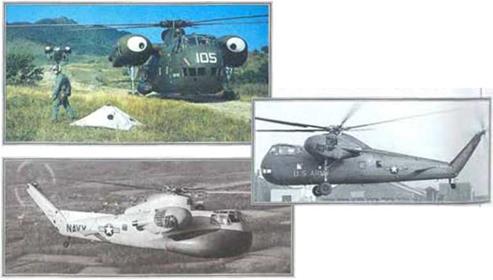 ◄ On exercises in Puerto Rico
◄ On exercises in Puerto Rico
